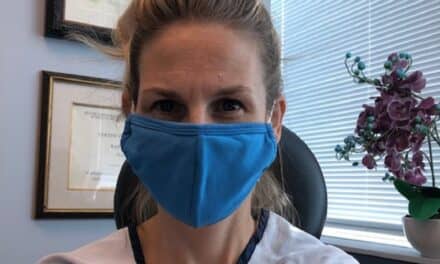Plastic surgeons need to be more aware of their risks for sharps injuries and take steps to prevent these injuries and their consequences, according to a special article in the April issue of Plastic and Reconstructive Surgery.
Nearly 400,000 sharps injuries occur yearly, and about 25% of injured workers are surgeons for whom the risk is highest in the operating room, according to information cited in the new study. And these rates have remained relatively stable despite health care policies designed to reduce them and protect health care workers from bloodborne infections.
The main health concern of sharps injuries is the risk of acquiring a communicable disease from a patient such as HIV, hepatitis B, or hepatitis C virus. Once an injury occurs, there are standardized guidelines for post-exposure prevention, depending on whether the patient has any known transmissible infections.
As a result of the need for testing and treatment, sharps injuries have a major economic impact. In fact, average costs for testing, follow-up, and preventive treatment range from $375 for needle-stick exposure from a patient with no known blood-borne illness, up to nearly $2,500 for injuries from a patient with known HIV.
Preventing Sharps Injury
Fortunately, the majority of sharps injuries are preventable. Engineered safety devices can prevent many injuries. Other options include the use of “non-sharp” alternatives, creating safe procedures for passing sharp instruments, and wearing double gloves to reduce the risk of infection, the study authors write.
In addition, targeting educational initiatives during medical school and training may improve knowledge among surgeons of the safest ways to practice in the operating room.





